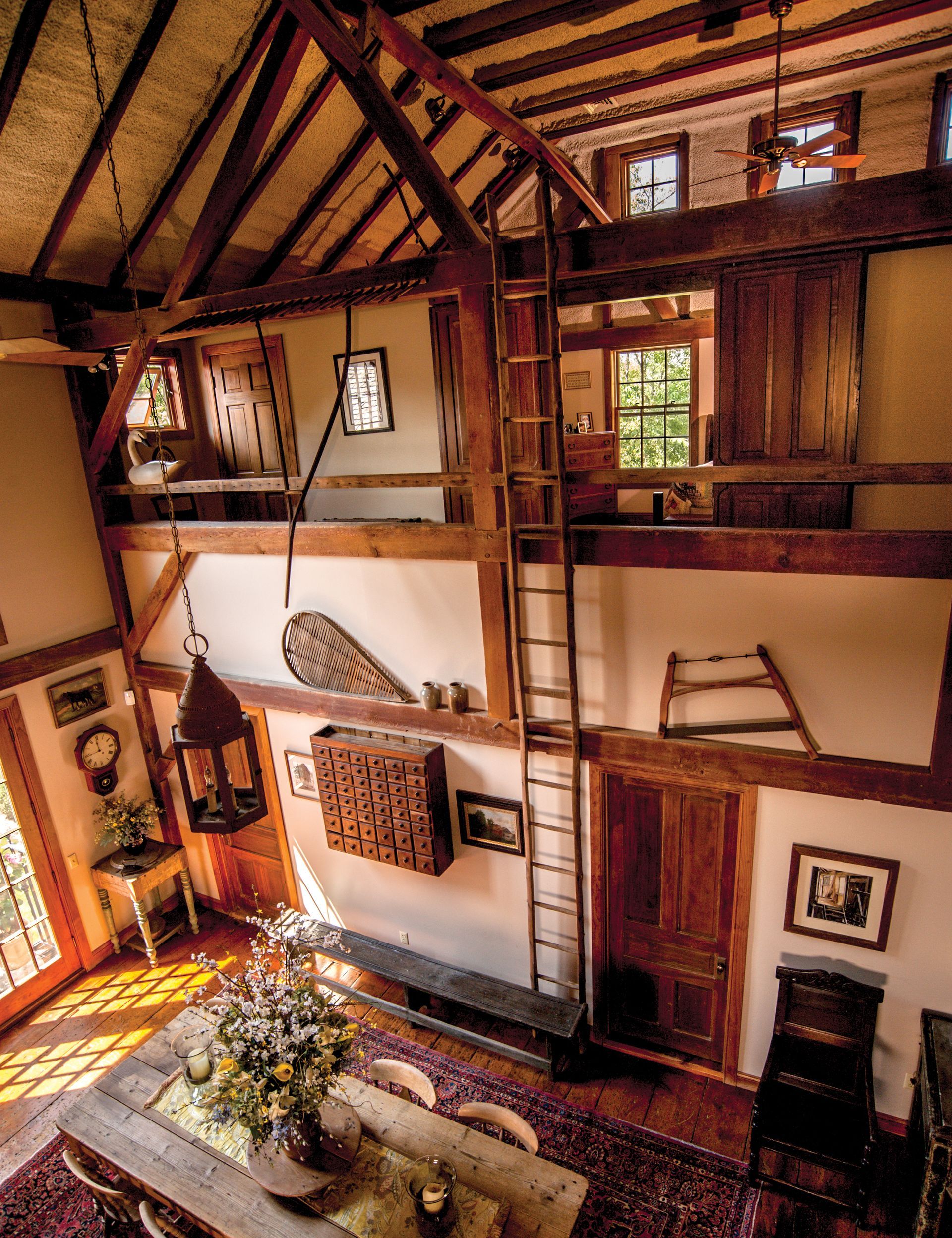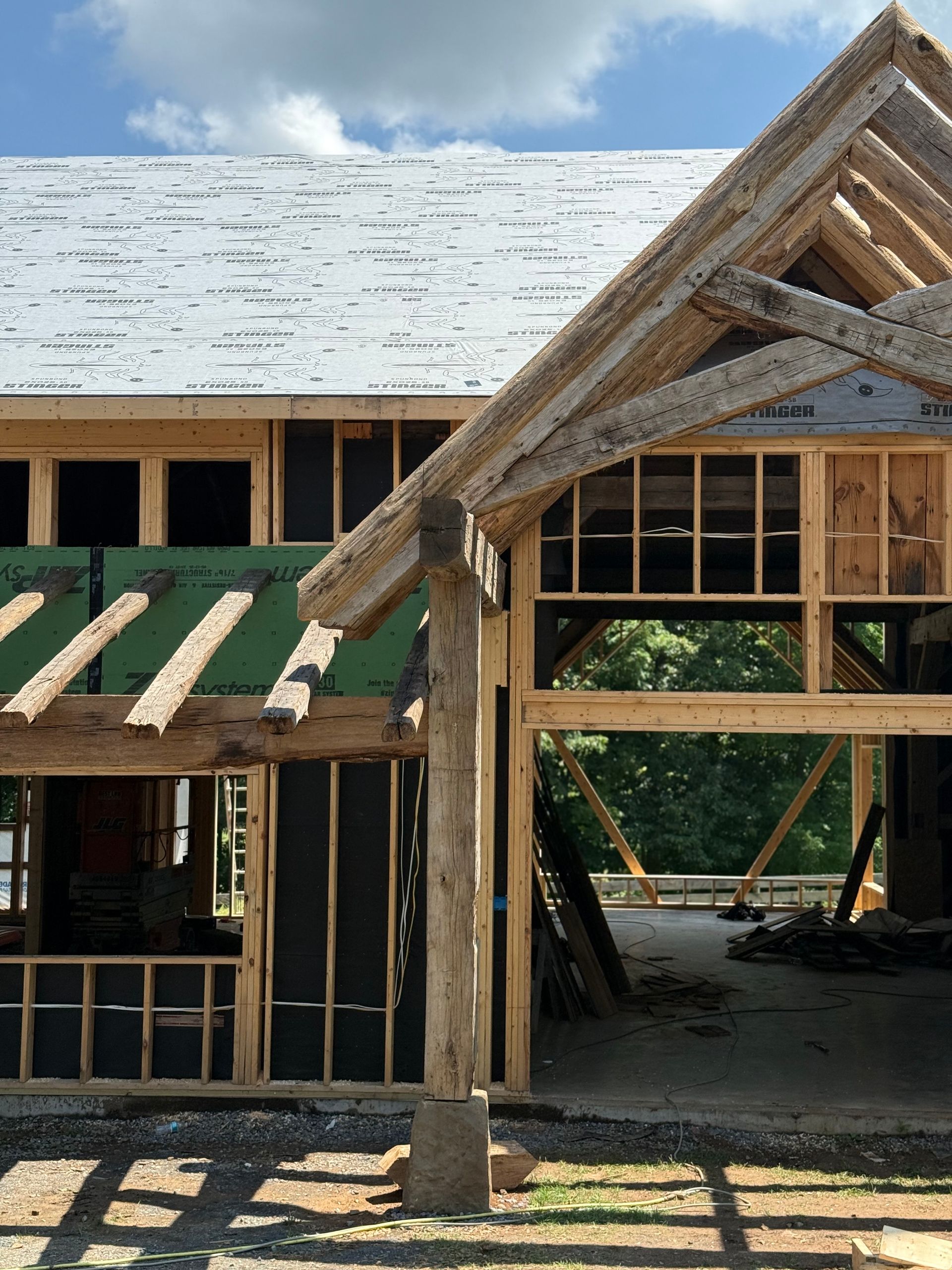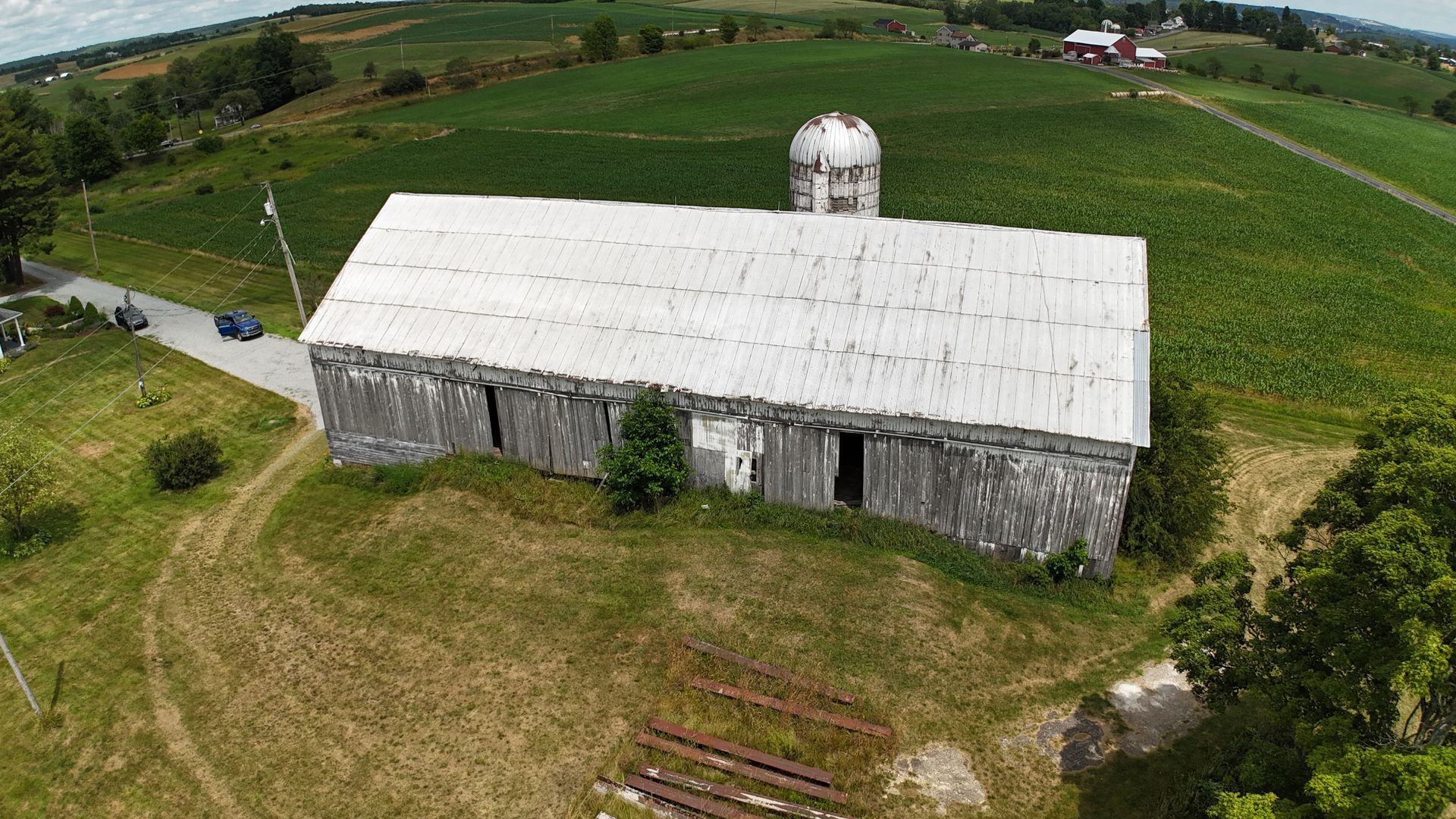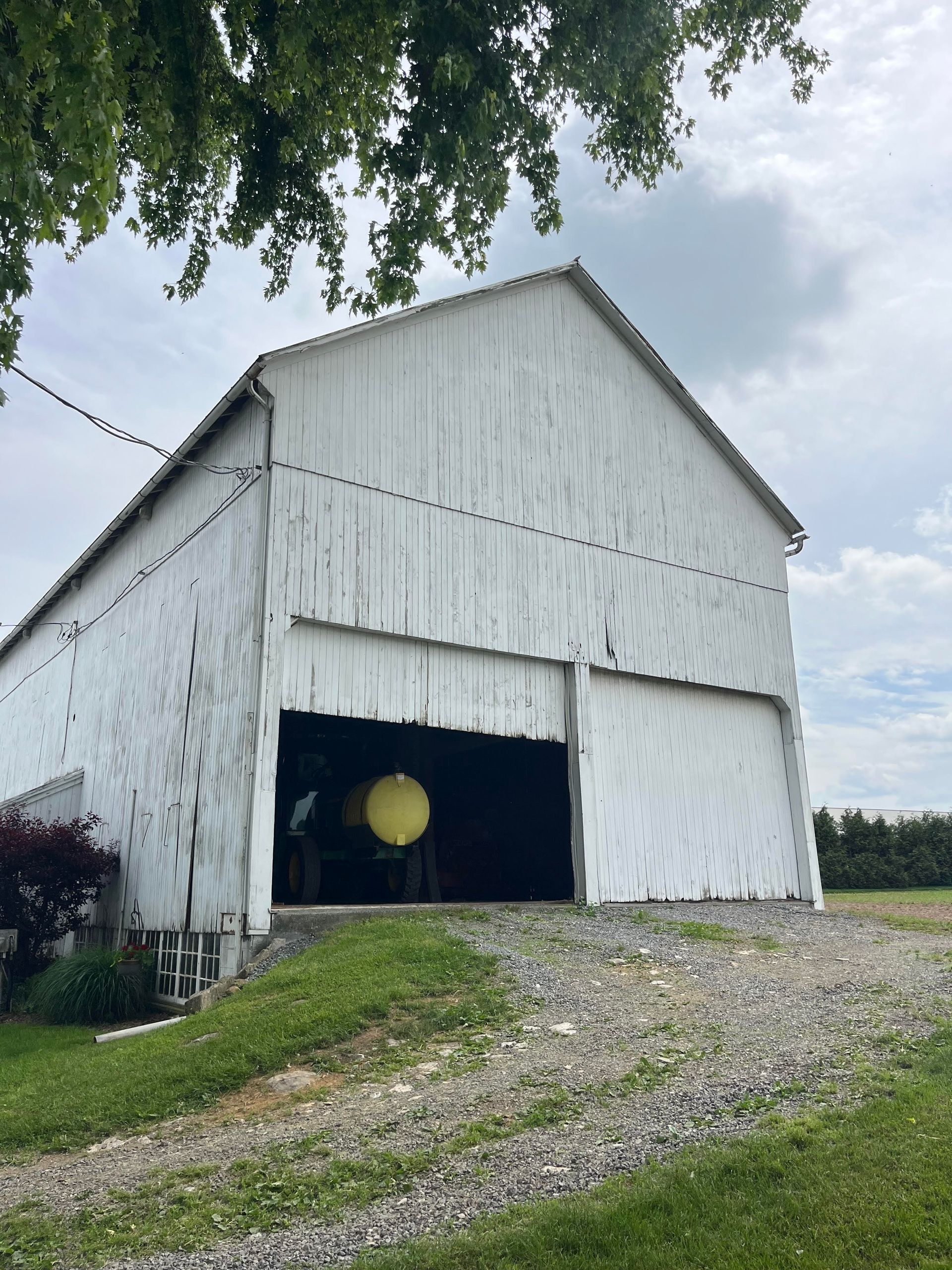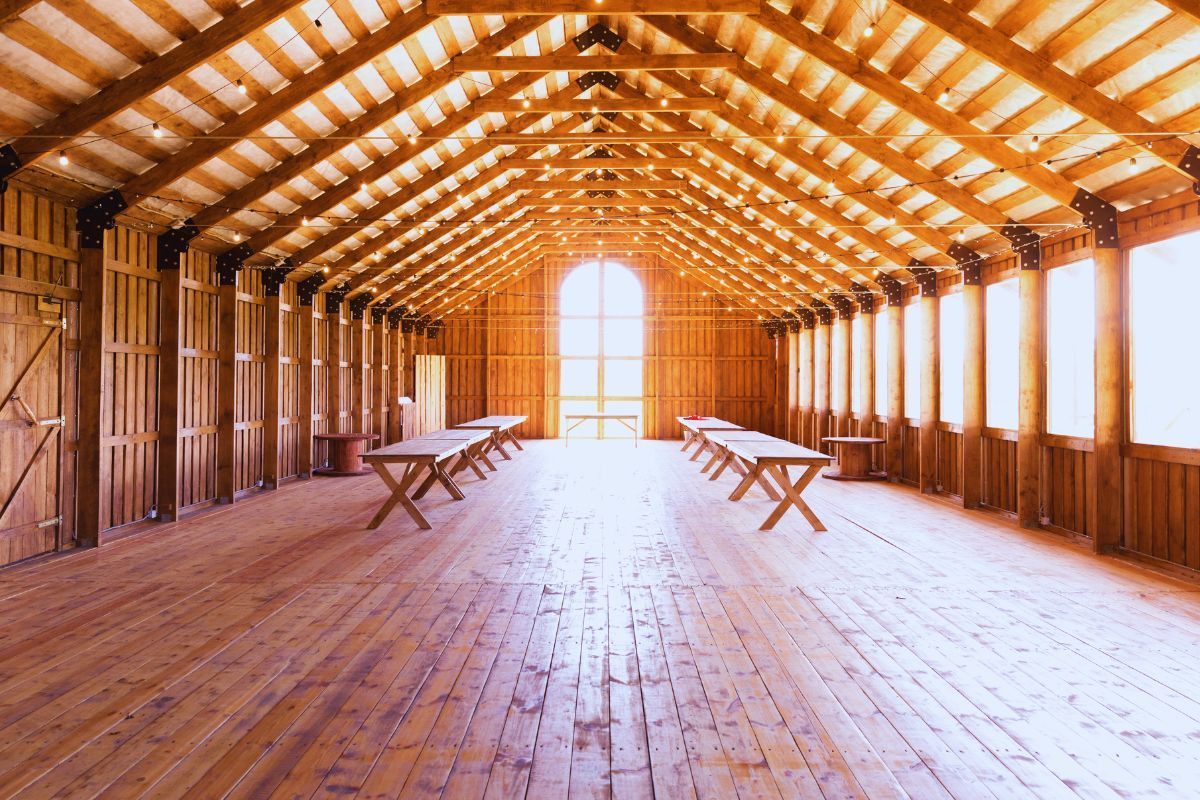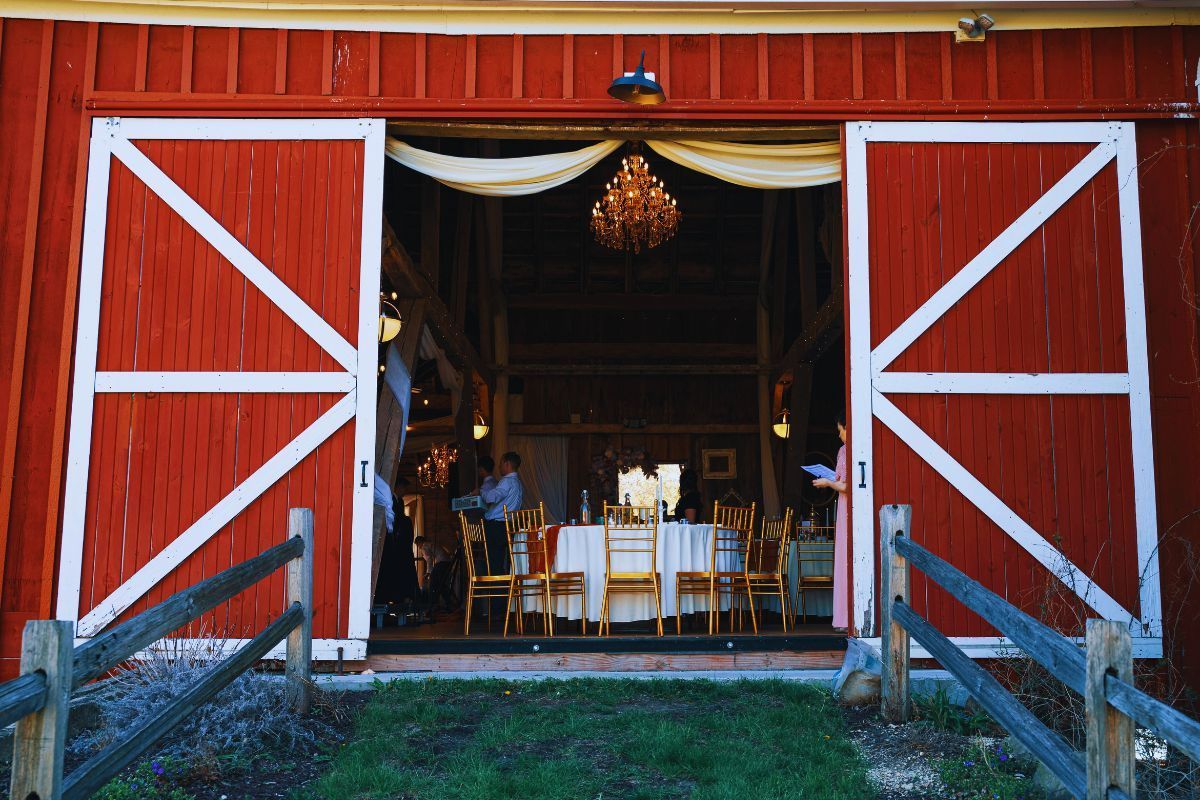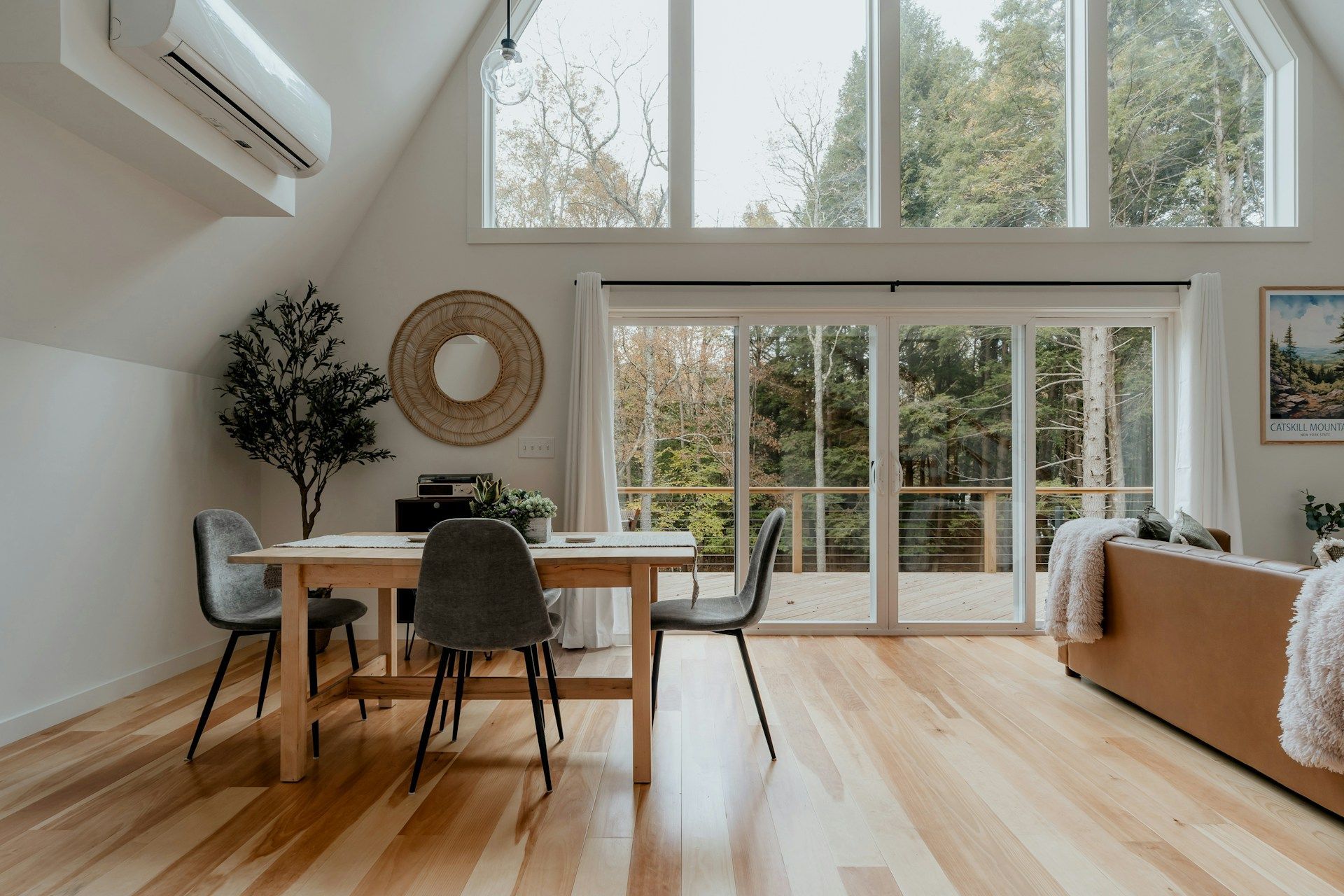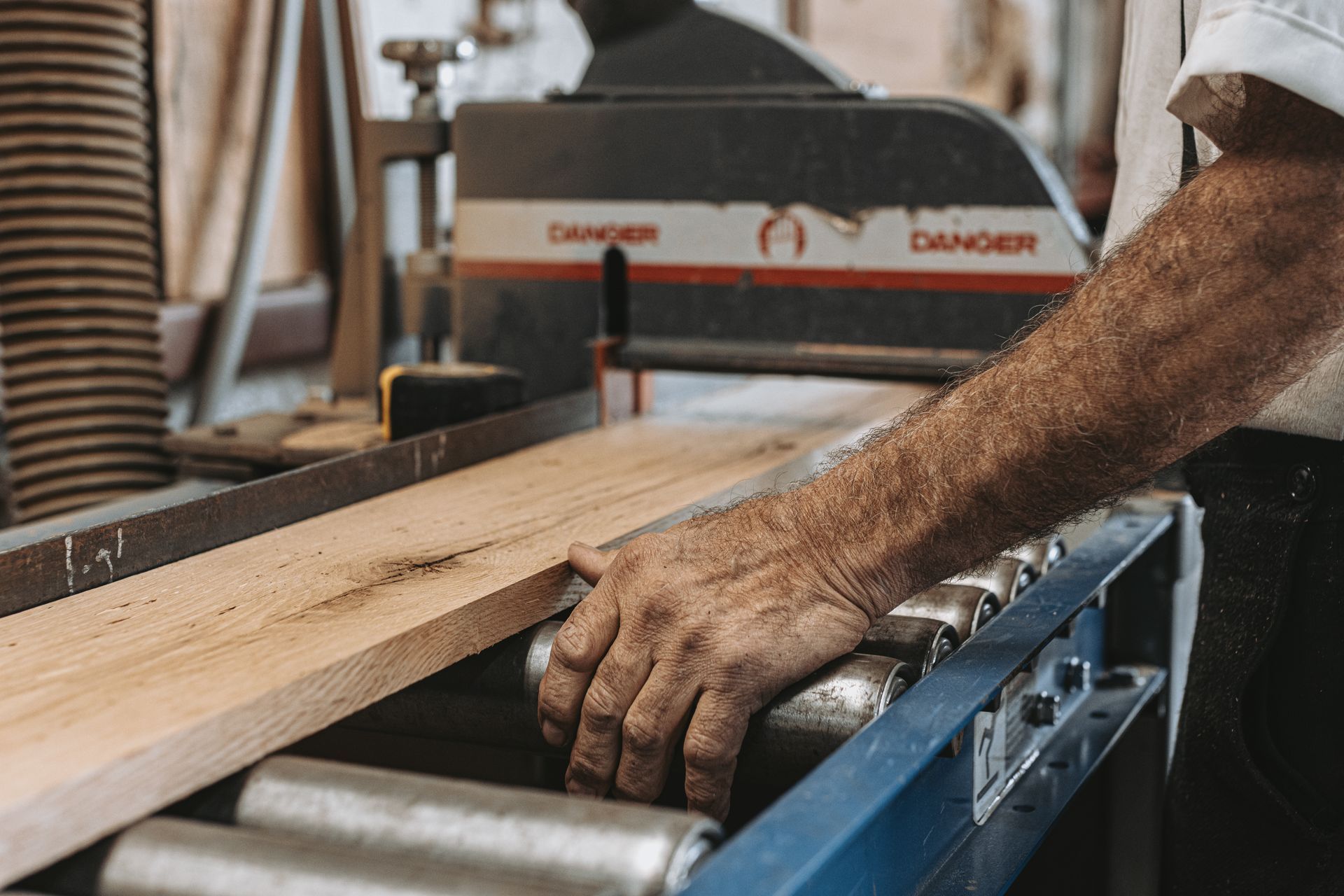Barndominium Cost vs Traditional Homes: A Comparison
Comparing Costs and Features: Barndominiums vs Traditional Homes

Barndominiums are becoming a popular choice for building homes. They’re unique, practical, and often more affordable than traditional homes. But how do the costs really compare? Here’s a simpler breakdown to help you decide which option works best for your budget and lifestyle.
Average Costs
Here’s what it costs on average to build these types of homes:
- Traditional Homes: $150-$250 per square foot (land not included)
- Basic Barndominiums: $90-$150 per square foot (land not included)
- Custom Barndominiums: $150-$220+ per square foot (land not included)
These averages will change depending on where you build, the materials you use, and the design you choose.
What Affects the Cost?
Building Style
Barndominiums are usually built using steel or post-frame construction. These methods have some cost-saving advantages, like:
- Needing less wood
- Fewer skilled workers are required
- Shorter time to build
- Simpler foundations
Traditional homes, built using the stick-frame method, often take longer and need more materials, which makes them more expensive.
Outside Materials
Most barndominiums are built with metal siding and roofing. This tends to:
- It is cheaper than brick or wood exteriors
- Take less time to install (saving on labor costs)
- Require less maintenance over time
High-end barndominiums with custom designs can cost as much as a traditional home.
Inside Finishes
Interior costs depend on your style and budget:
- Basic barndomonium interiors are cost-friendly.
- Fancy finishes, like granite countertops or custom flooring, can raise costs for both types of homes.
- Open layouts, often used in barndominiums, may also save money by needing fewer walls and doors.
Overall, barndominiums are often cheaper because owners choose simpler, less expensive finishes.
Building Time
Barndominiums are quicker to build than traditional homes. This can save money in several ways:
- The faster the framework goes up, the sooner the interior work can begin.
- Fewer delays from bad weather.
- Less money spent on interest from construction loans.
- You’ll need to rent temporary housing for fewer days.
A shorter timeline often means fewer extra expenses.
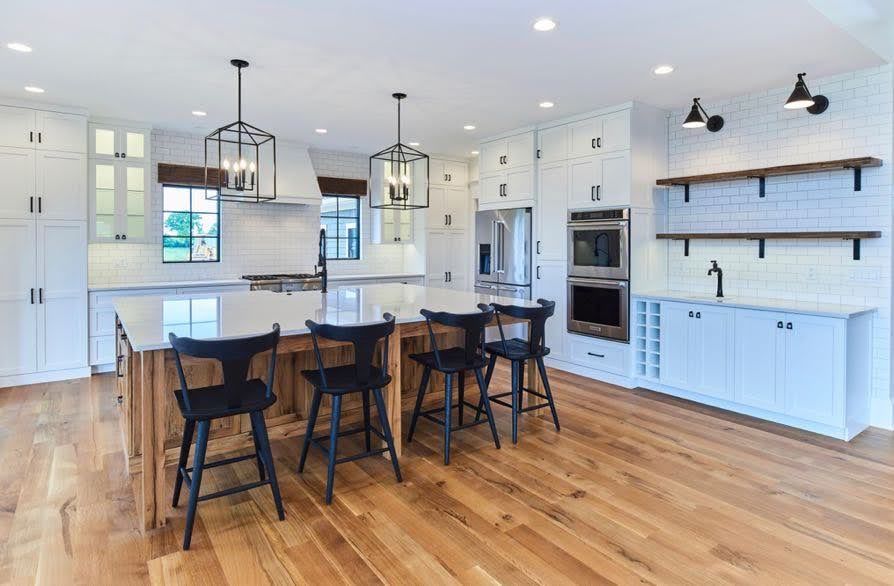
Ongoing Costs to Think About
Energy Efficiency
Saving on energy depends on how well your home is insulated:
- Barndominiums with poor insulation may cost more to heat or cool.
- Properly installed insulation can make them just as efficient as a traditional home.
- Open layouts may raise heating and cooling bills since there are fewer walls to separate spaces.
- High ceilings, common in barndominiums, can also make heating and cooling more expensive.
Long-Term Maintenance
Barndominiums generally cost less to maintain:
- Metal roofing lasts 40-70 years, compared to 15-30 years for asphalt shingles.
- Metal siding needs little upkeep compared to wood or cement materials.
- Fewer wall openings reduce the chances of leaks or water damage.
These features can save you a lot of money over time.
Insurance Costs
How much you’ll pay for insurance depends on a few things:
- Materials (metal homes may qualify for discounts)
- Fire safety (steel frames are less flammable)
- Location and risks in your area
- Mixed-use spaces (like shops inside barndominiums) may need special coverage
It’s smart to talk to an insurance provider early to get an accurate idea of costs.
Resale Value
Barndominiums are newer to the housing market, so they don’t have as much resale data as traditional homes:
- Traditional homes have more buyers and are easier to sell.
- Barndominiums with unique or specialized designs might appeal to a smaller group.
- However, as barndominiums grow in popularity, their resale value is becoming more stable.
Whether you make a good return on your investment will depend on your local market and the design of your home.
What Should You Choose?
When deciding between barndominiums and traditional homes, consider these factors:
- Upfront Costs: Barndominiums are usually cheaper, except for custom designs.
- Customization: Both can get expensive based on your style preferences.
- Energy Efficiency: Depends on insulation and design choices.
- Maintenance: Barndominiums usually cost less to maintain.
- Resale Value: Traditional homes have a stronger market right now, but barndominiums are catching up.
Your choice should fit your location, budget, and style. If you want less cost and more space, a barndominium might be the way to go. If you value a traditional look and local resale value, stick to a standard home.
Either way, both options can provide a beautiful and functional home when carefully planned. Choose the one that best matches your needs and dreams!
If you love the barn aesthetic but don’t want to build from scratch, you could consider using a historic barn frame. At
Bay & Bent, we specialize in restoring authentic barn structures and rebuilding them as part of your home. This approach blends old-world charm with modern living features. It’s more expensive but offers unmatched character and a timeless look.
